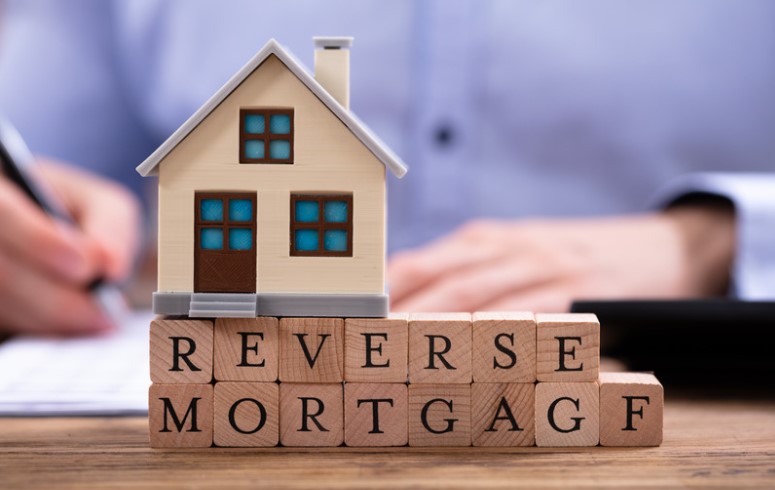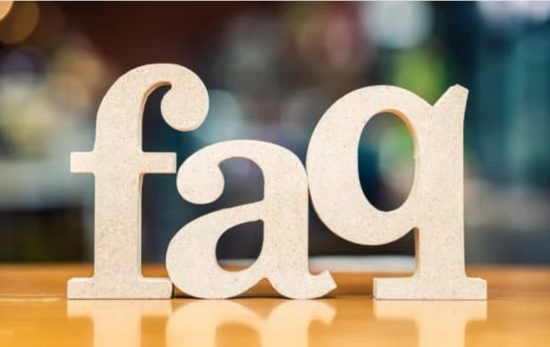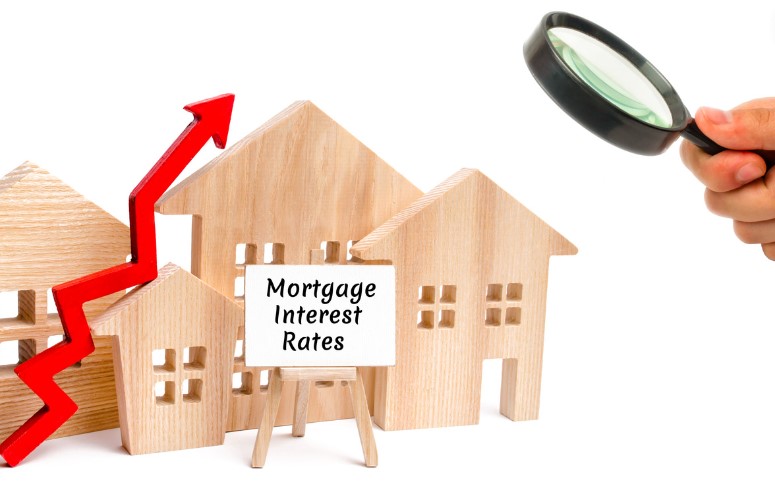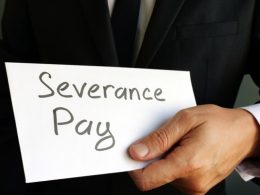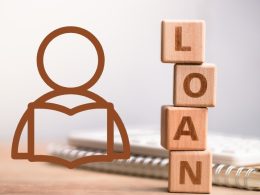Unlocking the value of your home while still living in it? Sounds too good to be true, right? Well, not anymore! Introducing the world of reverse mortgages in Canada – a financial solution that allows homeowners aged 55 and older to tap into their home equity without having to sell or move out. It’s like discovering a hidden treasure chest in your backyard! In this blog post, we will dive deep into what exactly a reverse mortgage is and how it works, explore its pros and cons, discuss eligibility criteria, walk you through the application process, shed light on potential costs involved, and provide you with all the information you need to make an informed decision. So keep reading as we unravel the mystery of reverse mortgages in Canada!
What is a Reverse Mortgage in Canada?
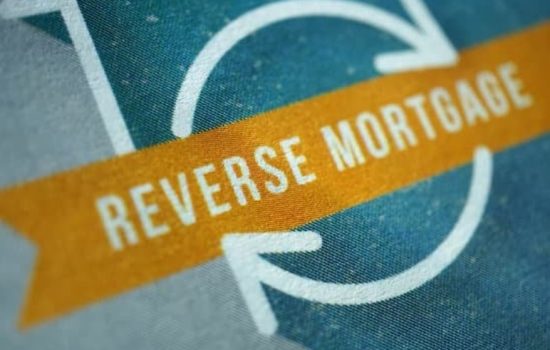
A reverse mortgage is a financial lifeline that allows homeowners aged 55 and older to convert a portion of their home equity into tax-free cash. Unlike traditional mortgages where you make monthly payments to the lender, with a reverse mortgage, the tables are turned! The lender pays you, not the other way around.
With a reverse mortgage, you could potentially access up to 55% of the appraised value of your home. This means that if you qualify for the maximum amount available under this program, which in this case would be $275,000 (55% of $500k), then once approved, that money could be yours to use as needed – whether it’s paying off debts or renovating your home.
But here comes the interesting part – unlike other loans or lines of credit where repayment starts immediately after borrowing funds from them – with a reverse mortgage in Canada repayments are not required until you sell your home or move out permanently. Yes folks, no need to stress about those pesky monthly payments!
How Does a Reverse Mortgage Work?
A reverse mortgage is a unique type of loan that allows homeowners in Canada who are aged 55 or older to access the equity in their homes without having to sell or move out. With a reverse mortgage, the lender compensates you instead of expecting regular payments from you as with traditional mortgages.
When you take out a reverse mortgage, the lender will calculate how much money you can borrow based on factors such as your age, home value, and current interest rates. The amount you receive can be taken as a lump sum, monthly installments, or as a line of credit.
The loan does not have to be repaid until you sell your home, move out permanently or pass away. At that time, the proceeds from the sale of your home are used to repay the loan balance along with any accumulated interest.
One important thing to note is that because there are no regular monthly payments required for a reverse mortgage, interest charges accumulate over time. This means that your loan balance grows larger over time instead of shrinking like with traditional mortgages.
Pros and Cons of a Reverse Mortgage
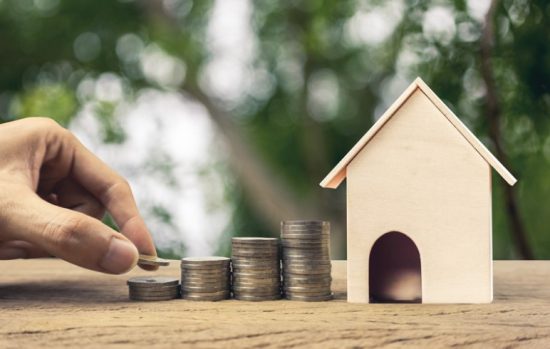
A reverse mortgage can offer several benefits to homeowners, but it’s important to consider the potential drawbacks as well. Let’s explore the pros and cons of a reverse mortgage.
One of the major advantages is that a reverse mortgage allows senior homeowners to access their home equity without having to sell their property or make monthly loan payments.
Another benefit is that there are no income requirements for eligibility, making it accessible for those with limited income or poor credit history.
However, it’s essential to understand that taking out a reverse mortgage means accumulating debt against your home equity. The loan balance will increase over time due to accrued interest and fees. This means that less equity will be available if you decide to sell your home in the future.
Furthermore, since you retain ownership of your home with a reverse mortgage, you are responsible for maintaining property taxes, insurance premiums, and any necessary repairs or renovations. Foreclosure may result from failure to comply with these duties.
Additionally, depending on how much equity you withdraw through a reverse mortgage, it could affect your eligibility for government assistance programs such as Medicaid or Supplemental Security Income (SSI).
Who is Eligible for a Reverse Mortgage?
To be eligible for a reverse mortgage in Canada, you must meet certain requirements.
- You must be at least 55 years old. This age requirement ensures that the program is primarily aimed at seniors who are looking to supplement their retirement income or access funds for other purposes.
- You must own a primary residence in Canada. This could include a single-family home, condominium, or townhouse. However, rental properties and vacation homes do not qualify.
- Your home must have sufficient equity to support the reverse mortgage loan. The amount of equity required will depend on various factors such as the appraised value of your home and any existing mortgages or liens against it.
- You need to undergo an assessment by an independent third-party professional who will evaluate your financial situation and determine if a reverse mortgage is suitable for you.
It’s important to note that credit score history and income level are not considered when determining eligibility for a reverse mortgage in Canada. The focus is mainly on the age of the homeowner and the value of their property.
How to Get a Reverse Mortgage in Canada?
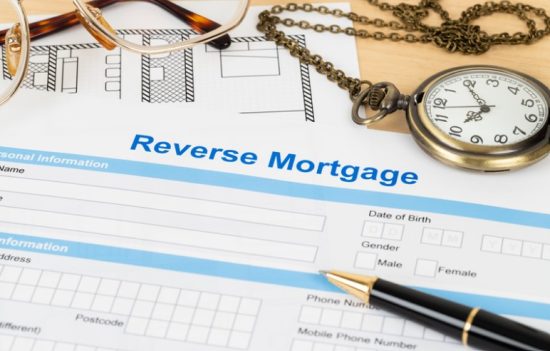
Getting a reverse mortgage in Canada is relatively straightforward. The first step is to find a reputable lender who offers this type of loan. It’s important to do your research and compare different lenders to ensure you’re getting the best terms and rates.
Once you’ve chosen a lender, the next step is to complete an application. This will typically involve providing personal information, proof of income, and details about your property. The lender will also assess your creditworthiness and determine how much equity you have in your home.
After submitting your application, the lender will review it and decide whether or not to approve you for a reverse mortgage. If approved, they will provide you with the loan documents that outline the terms and conditions of the loan.
Before finalizing the loan, it’s important to carefully read through these documents and ask any questions you may have. Once everything is clear and agreed upon, you can sign the documents and proceed with obtaining your reverse mortgage funds.
It’s worth noting that there are fees associated with getting a reverse mortgage in Canada. These can include appraisal fees, legal fees, administrative fees, as well as interest charges over time.
Conclusion
Reverse mortgages can be an attractive option for seniors who are looking to access the equity in their homes without having to move. While there are risks associated with a reverse mortgage, if used responsibly they can be a great way for retirees to stay in their homes while still affording them financial security. It is important that seniors understand all of the terms and conditions before entering into a reverse mortgage agreement, and work closely with trusted advisors to ensure it fits within their retirement plan.
FAQs – Reverse Mortgage in Canada – What You Need to Know
1. Are reverse mortgages in Canada a good idea?
Keep title and ownership intact. Access your home’s equity without selling or downsizing. There are no income restrictions, which makes it simpler to qualify compared to other loans. The funds are tax-free and have no impact on government pensions like the Old Age Security and the Canadian Pension Plan.
2. Does having a reverse mortgage hurt your credit?
Your credit won’t be affected if you get a reverse mortgage. It is doubtful that a reverse mortgage will ever show up on your credit record because you are not compelled to make payments to the lender.
3. What is the opposite of a reverse mortgage?
With a conventional mortgage, you make regular payments until you’ve repaid the debt in full, plus interest. Reverse mortgages operate in the exact opposite way.
4. What is a reverse mortgage heirs?
You must decide the reverse mortgage heir over whether to sell the house and settle the debt, keep it out of sentimental value, or take ownership and plan to sell it in the future.




